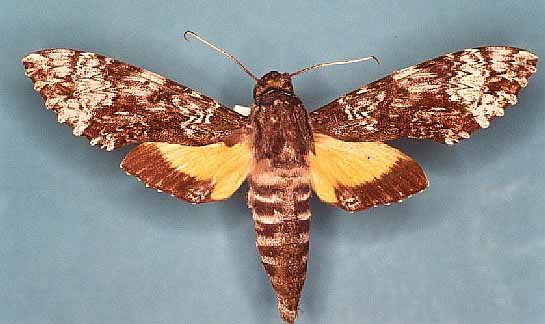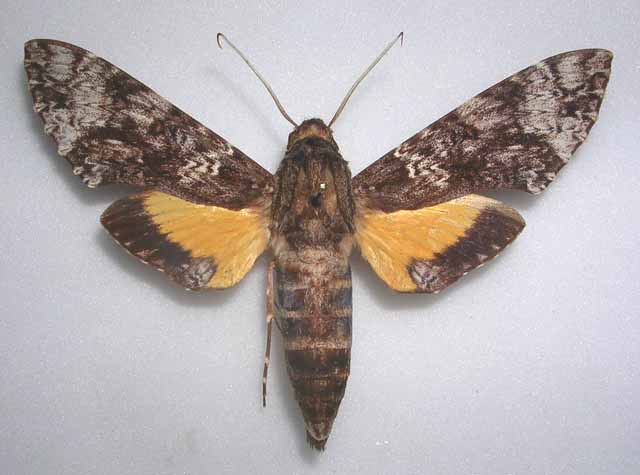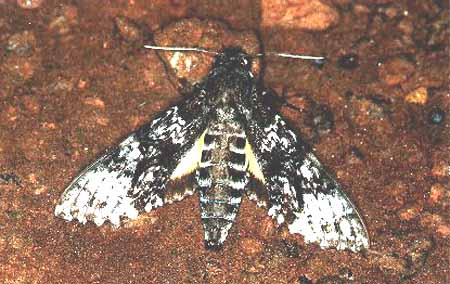Isognathus excelsior
|
|
Updated as per CATE (Brazil, Guyana, Ecuador, Colombia, Venezuela), May 12, 2011
Updated as per French Guiana Systematics: Sphingidae, May 12, 2011
|
Isognathus excelsior
(Boisduval, [1875]) Anceryx

This site has been created by
Bill Oehlke at oehlkew@islandtelecom.com
Comments, suggestions and/or additional information are welcomed by Bill.
TAXONOMY:
Family: Sphingidae, Latreille, 1802
Subfamily: Macroglossinae, Harris, 1839
Tribe: Dilophonotini, Burmeister, 1878
Genus: Isognathus G. Felder & R. Felder, 1862 ...........
Species: excelsior (Boisduval, [1875])
|
MIDI MUSIC
.....It's a Wonderful World.....
copyright C. Odenkirk
ON.OFF
<bgsound src="world.mid" LOOP=FOREVER>
|
Isognathus excelsior is distinguished from all other species of Isognathus by the pure white underside to the abdomen.
CATE
There also seems to be an extensive suffusion of whitish scales in the upper two-thirds of the post median, subterminal and terminal areas of the
forewings.

Isognathus excelsior male, Para, Brazil,
on my home computer only.
FLIGHT TIMES:
There are probably several flights
throughout the year. Specimens have been taken in French Guiana in February and August.

Isognathus excelsior, Benjamin Constant, Brasil,
courtesy of Frederik Goussey.
ECLOSION:
Moths emerge from pupae in thin-walled cocoons
under leaf litter within 8-24 days of pupation.
SCENTING AND MATING:
Females call in the males with a pheromone released from a gland at the tip of
the abdomen. Adults nectar at flowers, including petunia.
EGGS, LARVAE, PUPAE:
Females probably lay eggs on leaves of Apocynacea.
Larvae have
long tails; colouration suggests they are unpalatable to birds.
The pupae are also quite colourful, and, I suspect,
are very lively. Moths generaly emerge witin 8-24 days of pupation.
Return to Sphingidae Index
Return to Dilophonotini Tribe



